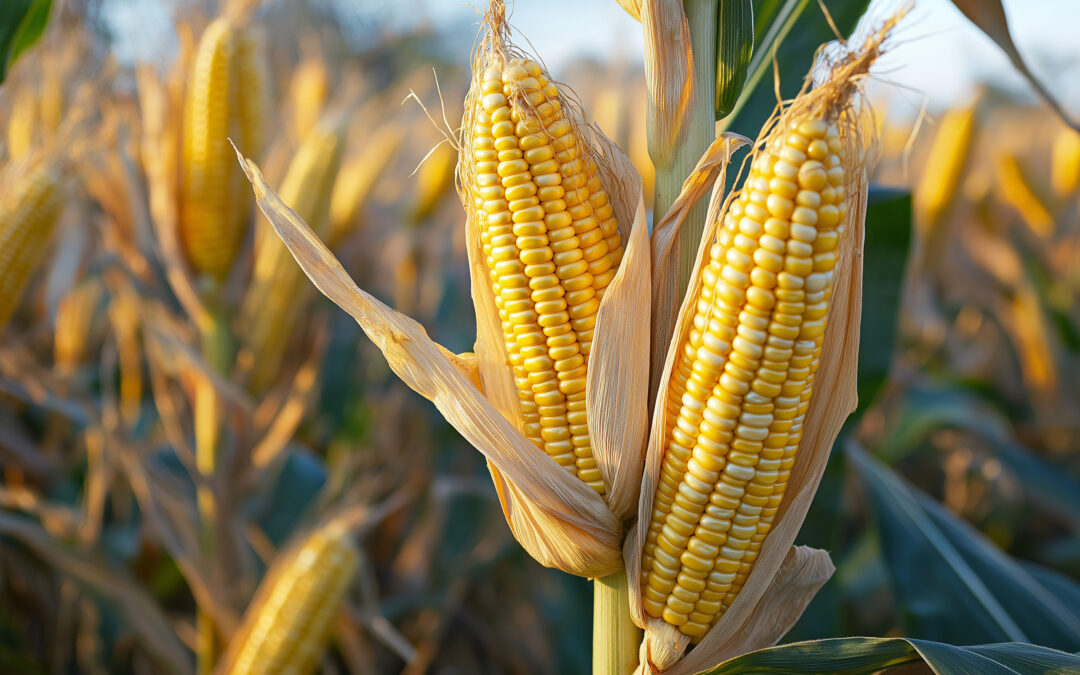Corn, also known as maize, was first domesticated in southern Mexico around 9,000 years ago from a wild grass called teosinte. This journey of domestication began when early Mesoamerican peoples recognized teosinte’s potential as a food source. Unlike today’s robust corn, teosinte had small, hard kernels that were challenging to harvest. However, early agriculturalists began selectively breeding it, cultivating plants with more desirable traits, ultimately leading to the development of maize as we know it.
Through domestication, maize became a staple crop central to the diets of various cultures across the Americas. It was especially significant to Mesoamerican civilizations such as the Maya and Aztec, who valued it not only for its nutrition but also for its cultural importance. Corn was foundational to their agriculture, religious rituals, and culinary traditions, forming the backbone of these societies.
Maize’s adaptability allowed it to thrive in diverse climates and soils, resulting in numerous varieties over time. This versatility enabled its spread beyond Mexico, as Indigenous peoples across North America and beyond cultivated strains suited to their local environments. By the time European settlers arrived, corn had already established itself as a vital crop, influencing agriculture and diets across the continent.
Today, corn is one of the most widely grown crops worldwide, with uses ranging from food products like tortillas and cornmeal to industrial applications, including biofuels and plastics. The story of maize is a testament to the ingenuity of early agriculturalists and the profound impact of this ancient crop on global food systems.


